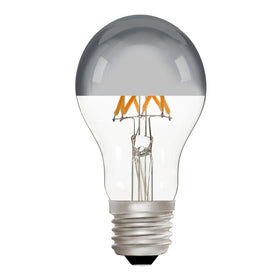
The Strange Origins Of The Stackable Tetromino Lamp
One of the most fascinating aspects behind a wide range of vintage lighting is that behind most novel forms of lighting is a story behind it.
A good example of this is the tetromino lamp, a relatively recent although retro-inspired lamp consisting of seven differently shaped objects each made of four cubes that can be stacked together and light up whenever they are connected.
What makes it more fascinating is its origins and relations to the first-ever entertainment product made in the Soviet Union to receive international attention.
In 1984, computer engineer Alexey Pajitnov tried to create an electronic game inspired by a pentominoes puzzle he owned, albeit simplified slightly to reduce the number of shapes from 12 to the seven tetrominoes that people know today.
This game was called Tetris, and even in Soviet Russia it was a highly popular and addictive sensation, but Mr Pajitnov’s attempts to sell the game abroad were hampered by rules that banned researchers from selling their creations.
He gave the game to the Academy of Sciences and was given a small amount of money through the deal. However, the tale of how Tetris reached the rest of the world is where the story gets confusing and very contentious.
The short version of the story is that Victor Brjabrin, Mr Pajitnov’s supervisor, sent a copy to a Hungarian game publisher, which caused the game to spread like wildfire through the rest of the Soviet Union.
Robert Stein, a salesman for Andromeda Software, expressed interest by fax and received a response interested in such a deal, not realising that this would be considered a legal contract, which led Mr Stein to sell the game’s rights to Robert Maxwell’s Mirrorsoft in Europe and Spectrum HoloByte in the USA.
Those versions were released in 1988, which was unfortunate given that Mr Stein didn’t have the right to the game at all. After over a dozen companies believed they had the rights, Nintendo worked with Bullet-Proof Software’s Henk Rogers to negotiate an actual deal.
This led to a complex three-way legal battle, at one point involving Soviet Union leader Mikhail Gorbachev, but in mid-1989 Nintendo won the rights and stopped other companies from making console versions of the game.
Tetris is the biggest-selling video game in history and is available on nearly every electronic device made since, and even in table lamp form.







